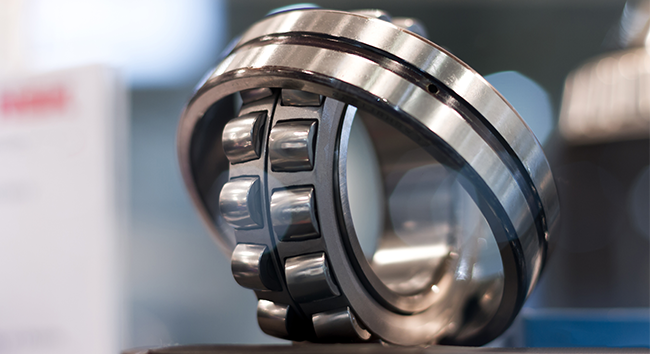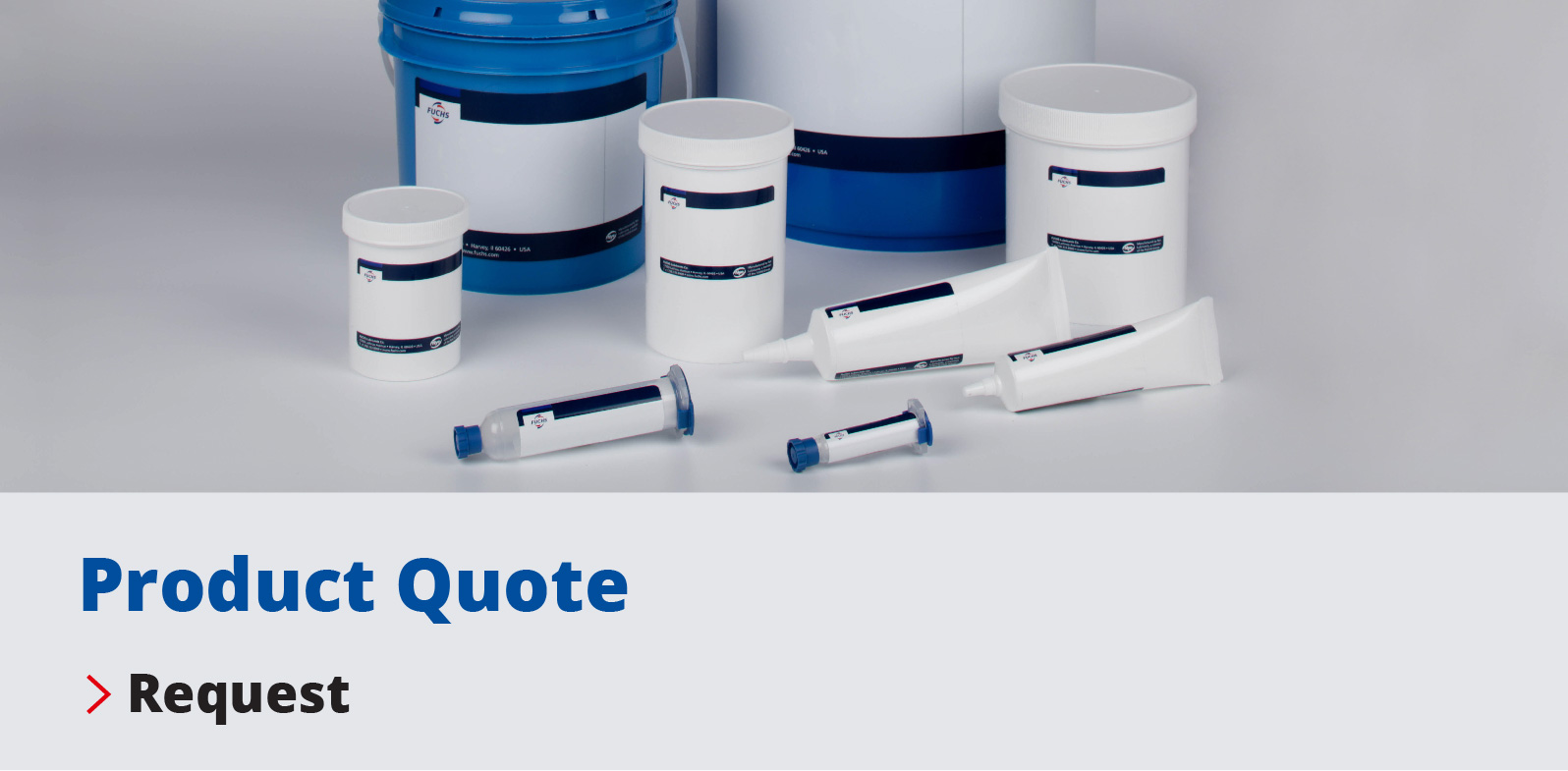Electrically Conductive
If static discharge poses a hazard to your application, consider a conductive lubricant by Nye. Conductive grease typically serves as a ground. For example, it is applied to ball bearings in computer equipment where it allows static discharge to pass through the bearing instead of building up, arcing, and pitting the rolling element or fluting the raceway - accelerating wear. It serves a similar purpose in treadmills, where the rubber belt can generate static electricity which makes its way to the bearing. A conductive grease is also used to bleed static away from the toner cartridge toward the shell in laser printers and office copiers.

A custom-formulated, fluorinated conductive grease was recently developed by Nye for automotive battery lugs, to enhance conductivity over a wide temperature range.
Nye Electrically Conductive Greases
NyoGel® 756G relies on a proprietary carbon filler, rather than traditional metallic particles, for conductivity. It was designed to be electrically conductive for instrument and bearing applications. NyoGel® 758G is an excellent channeling bearing grease with a volume resistivity of approximately 300 ohm-cm. It relies primarily on a synergistic effect among its additives, not carbon or metallic filler, to create an electron pathway through the grease.
| Product | Description |
|---|---|
|
NYOGEL 756G |
A carbon thickened, light viscosity, synthetic hydrocarbon grease intended for electrically conductive, instrument and bearing applications. |
|
NYOGEL 758G |
A stiff, lithium soap thickened, light viscosity, channeling synthetic ester grease intended for demanding bearing applications. |
Note: Never use conductive grease on sliding switches, which could malfunction if a conductive grease is applied to the contacts.
For technical specifications, evaluation samples, questions about any Nye products, or to discuss a lubricant custom-designed for your application — call us at + 1.508.996.6721.


